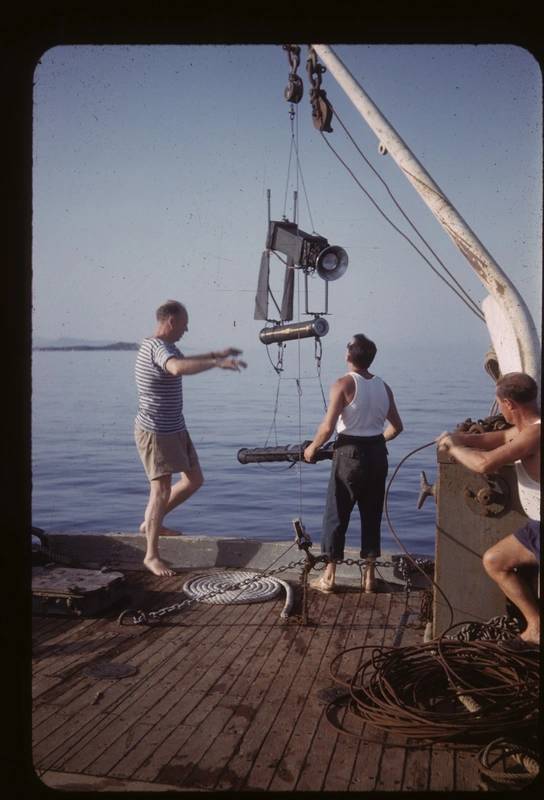Determining the diversity and distribution of species in an ecosystem is essential to creating a baseline for monitoring studies or to assess the success of conservation and restoration strategies. The methods for
Determining the diversity and distribution of species in an ecosystem is essential to creating a baseline for monitoring studies or to assess the success of conservation and restoration strategies. The methods for sampling marine and aquatic ecosystems can be inefficient and biased, such as diver operated video, or harmful to the environment and biodiversity, such as bottom trawls and seine nets. Both are time-consuming and expensive. Choosing an efficient and cost-effective sampling method to establish baselines and monitor biodiversity is an important consideration in an ecological study.
Two non-invasive techniques for monitoring the sea life in the full water column of a chosen site were considered: baited camera systems, and metabarcoding of environmental DNA (eDNA). Cost comparisons, strengths, weaknesses, and measures of effectiveness are determined.
“While the area of study was localized,” writes Clark in her paper, “the findings presented herein are applicable to global aquatic biodiversity and conservation monitoring programs.”
Baited Cameras
Automatic time lapse cameras for benthic studies have been in use since the 1950’s by researchers such as Prof. John D. Isaacs, Scripps Institution of Oceanography/UCSD, and Dr. Harold E. Edgerton, Woods Hole Oceanographic Institution.
 WHOI’S Harold E. Edgerton (left) assists in deploying a tethered deep-sea camera system
WHOI’S Harold E. Edgerton (left) assists in deploying a tethered deep-sea camera system
Content Original Link:
" target="_blank">




































































